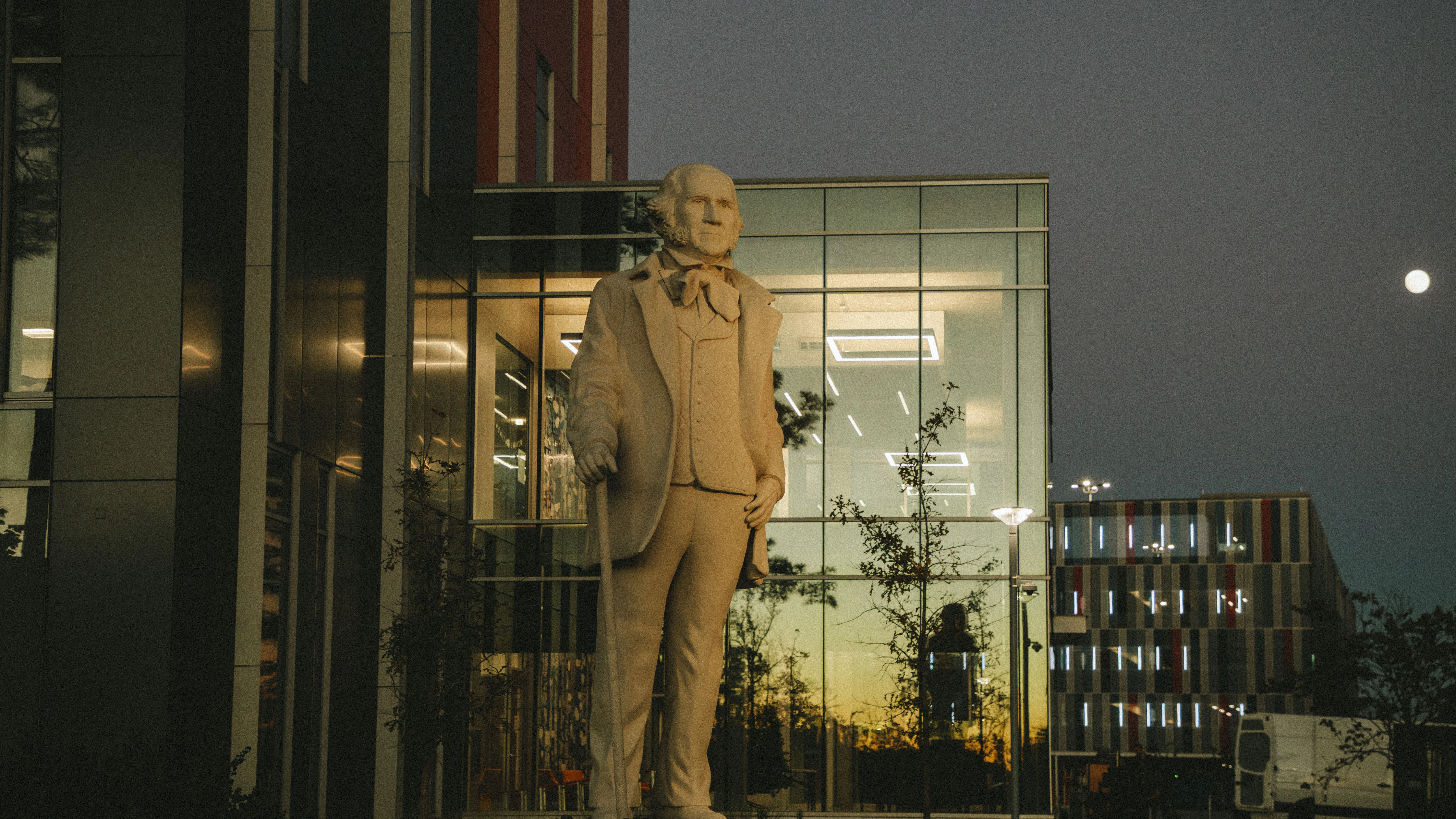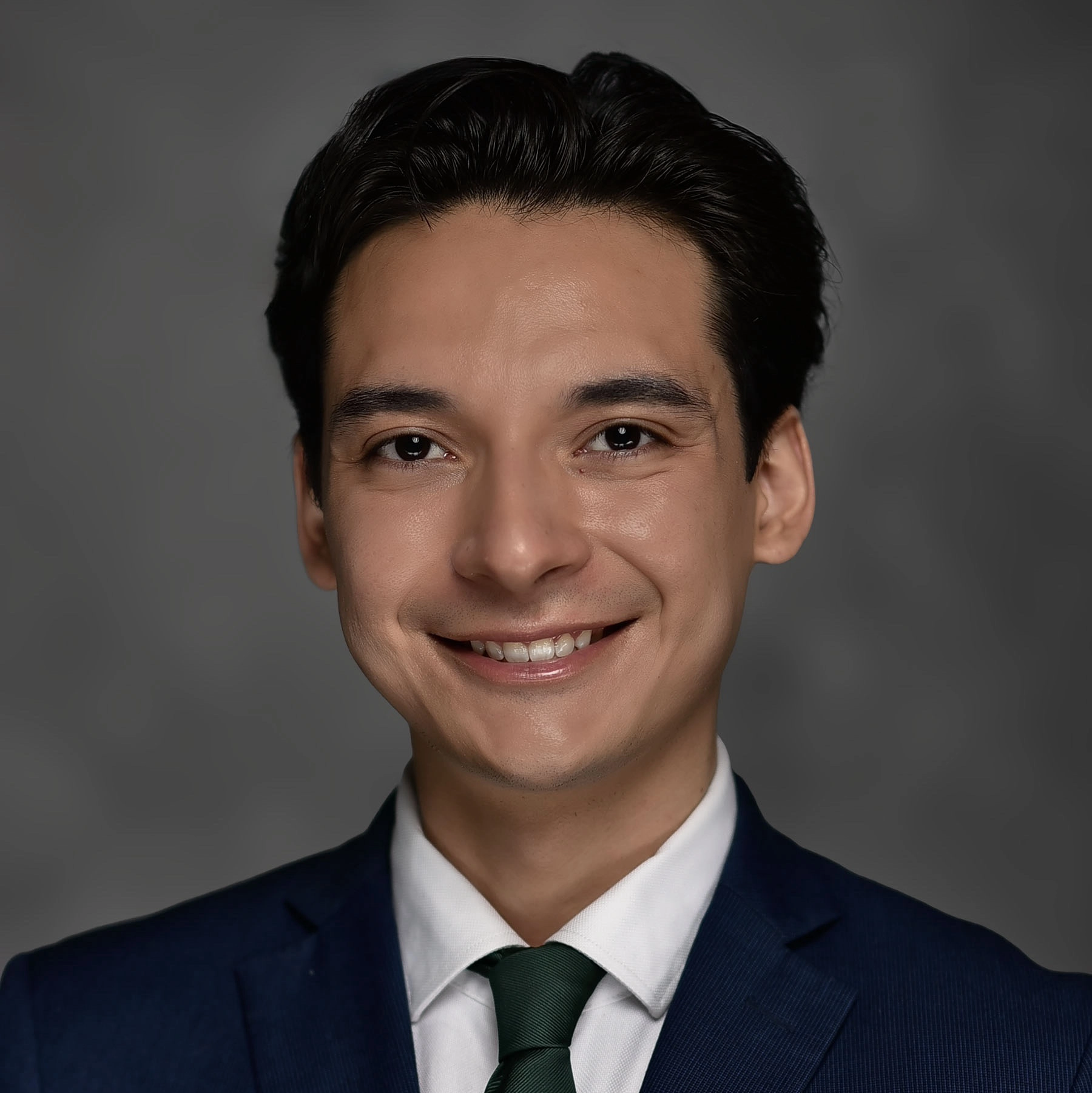Training Bilingual Clinic Staff to Bridge Language Gaps: SHSU-COM Student Doctor Contributes to Nationally Published Research

Training Bilingual Clinic Staff to Bridge Language Gaps: SHSU-COM Student Doctor Contributes to Nationally Published Research
Third-year student doctor Jesus Andres Osornio is a contributing author on new research published in the November/December issue of the “Annals of Family Medicine,” one of the most influential journals in primary care. The study offers a promising, community-centered strategy to close language gaps in clinics that serve patient populations who may not be native English speakers.
Osornio’s interest in language access began during his undergraduate years at Baylor University, where he completed an honors thesis under the mentorship of Karol Hardin, PhD. That early work on medical interpretation led to an invitation from D. Mike Hardin, Jr., MD at Waco Family Medicine to join the project as a premed student. Osornio continued contributing to the research throughout his first and second years at SHSU-COM. While he has not rotated with Waco Family Medicine himself, the clinic is one of SHSU-COM’s regional rotation sites, and this research closely aligns with the college’s mission to expand access to primary care.
Decades of research show that patients who receive care in their preferred language, or with support from trained interpreters, often experience better health outcomes. Yet many clinics do not have the resources to provide this level of support consistently. This study explored a practical solution by testing a process to qualify bilingual clinic staff as dual-role medical interpreters at a large community health center. The goal was simple but powerful: help patients with limited English proficiency receive care in their preferred language by building interpreter capacity from within the clinic’s own workforce.
“During the course of my undergraduate thesis research with Dr. Karol Hardin, I was struck by the profound impact that language barriers have on patients in primary care,” Osornio said. “Through both my research on medical interpretation and my own clinical experiences, I came to appreciate just how complex and meaningful this responsibility truly is. There is a unique warmth and connection that forms when you meet someone who shares your culture, your beliefs, or simply your native language, and that connection can profoundly shape medical interactions by creating a bridge to deeper understanding and trust.”

Hardin, an SHSU-COM preceptor and the study’s corresponding author, emphasized Osornio’s role.
“This project would have been impossible without his diligent and amazing work. In addition to coordinating the vast majority of testing and communications with participants, his unique insights as a heritage speaker added depth and nuance to the analysis and recommendations,” he said.
A total of 137 bilingual employees at a large community health center completed self-ratings, formal language testing and an initial medical interpretation exam. Participants then completed a 40-hour online training course before testing. Of the 87 staff members who completed the full program, 72 percent achieved qualified interpreter status.
Key findings from the study included:
- Heritage Spanish speakers often struggled to accurately predict their own general Spanish proficiency.
- Interpretation scores rose significantly after completing the online course.
- Higher general oral proficiency strongly predicted stronger post-course interpreting scores.
- Nearly three-quarters of participants who completed the full process achieved qualified interpreter status.
The findings demonstrate how clinics can expand interpreter capacity by leveraging the existing linguistic and cultural strengths of their workforce. The study also offers practical guidance: clinics should rely on formal testing instead of self-ratings, set minimum proficiency thresholds before training and adjust qualification cutoffs to fit their local needs.
Osornio also reflected on the broader significance of the work.
“What I enjoyed most about contributing to this study was knowing its relevance to the communities we serve every day,” he said. “In Texas, where Spanish-speaking and bilingual populations continue to grow, primary care means more than treating illness—it means being a resource, an advocate and a partner in supporting a patient’s overall well-being. It has truly been an honor to learn from this experience and contribute to reducing gaps in healthcare disparities for underserved communities.”
This page is maintained by SHSU's Communications Office:
-
Director of Content Communications: Emily Binetti
-
Communications Manager: Mikah Boyd